
In this SAS administration tutorial Leonid Batkhan presents various SAS programming solutions on how to identify and prevent duplicate LIBREFs in SAS 9 metadata.

In this SAS administration tutorial Leonid Batkhan presents various SAS programming solutions on how to identify and prevent duplicate LIBREFs in SAS 9 metadata.

Every year, I write a special article for Halloween in which I show a SAS programming TRICK that is a real TREAT! This year, the trick is to concatenate two strings into a single string in a way that guarantees you can always recover the original strings. I learned this

Have you ever typed your credit card into an online order form and been told that you entered the wrong number? Perhaps you wondered, "How do they know that the numbers I typed do not make a valid credit card number?" The answer is that credit card numbers and other
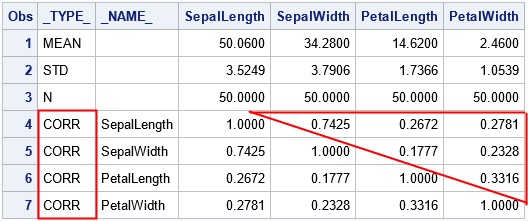
The correlations between p variables are usually displayed by using a symmetric p x p matrix of correlations. However, sometimes you might prefer to see the correlations listed in "long form" as a three-column table, as shown to the right. In this table, each row shows a pair of variables and the
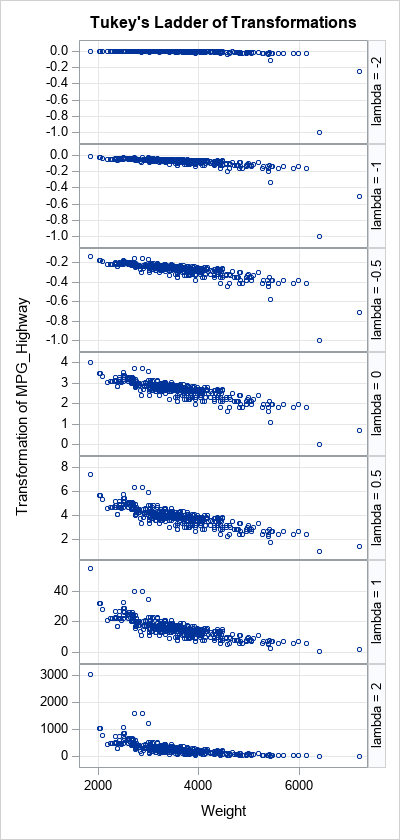
John Tukey was an influential statistician who proposed many statistical concepts. In the 1960s and 70s, he was fundamental in the discovery and exposition of robust statistical methods, and he was an ardent proponent of exploratory data analysis (EDA). In his 1977 book, Exploratory Data Analysis, he discussed a small

A SAS programmer asked for help on a discussion forum: "My SAS session will not display any tables or graphs! I try to use PROC PRINT and other procedures, but no output is displayed! What can I do?" The most common reasons why you might not see any output when
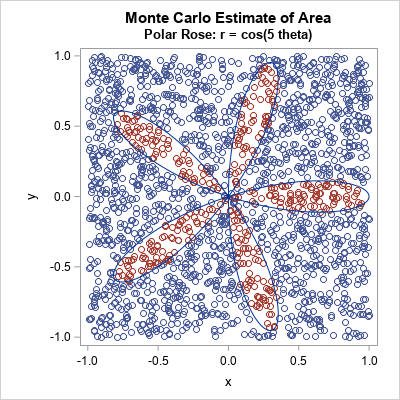
I've previously shown how to use Monte Carlo simulation to estimate probabilities and areas. I illustrated the Monte Carlo method by estimating π ≈ 3.14159... by generating points uniformly at random in a unit square and computing the proportion of those points that were inside the unit circle. The previous
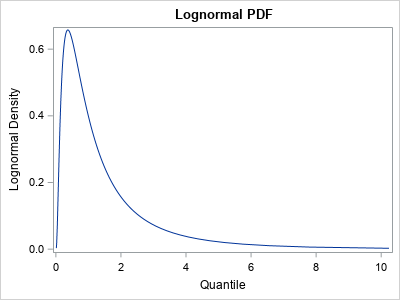
A colleague was struggling to compute a right-tail probability for a distribution. Recall that the cumulative distribution function (CDF) is defined as a left-tail probability. For a continuous random variable, X, with density function f, the CDF at the value x is F(x) = Pr(X ≤ x) = ∫

A SAS programmer wanted to create a panel that contained two of the graphs side-by-side. The graphs were created by using calls to two different SAS procedures. This article shows how to select the graphs and arrange them side-by-side by using the ODS LAYOUT GRIDDED statement. The end of the
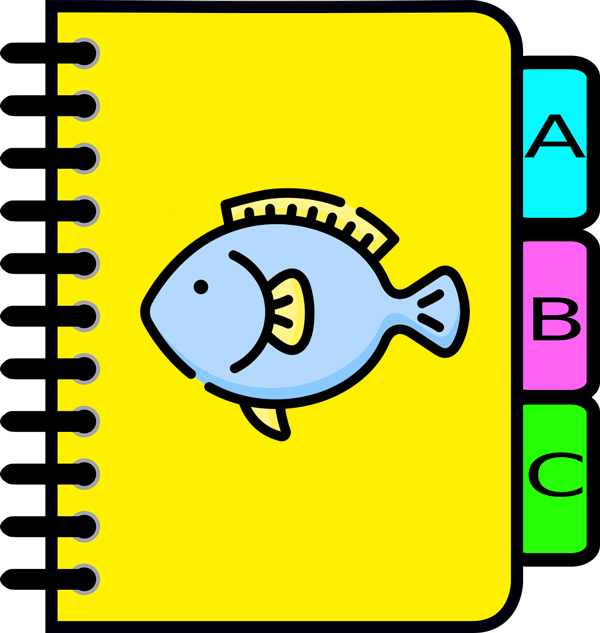
Leonid Batkhan shows how to split a data table into multiple Excel spreadsheets in a single workbook.

Many people know that you can use "WHERE processing" in SAS to filter observations. A typical use is to process only observations that match some criterion. For example, the following WHERE statement processes only observations for male patients who have high blood pressure: WHERE Sex='Male' & Systolic > 140; In

Leonid Batkhan shows you how to automate and improve a sometimes onerous hands-on process of creating Excel workbooks.

A palindrome is a sequence of letters that is the same when read forward and backward. In brief, if you reverse the sequence of letters, the word is unchanged. For example, 'mom' and 'racecar' are palindromes. You can extend the definition to phrases by removing all spaces and punctuation marks
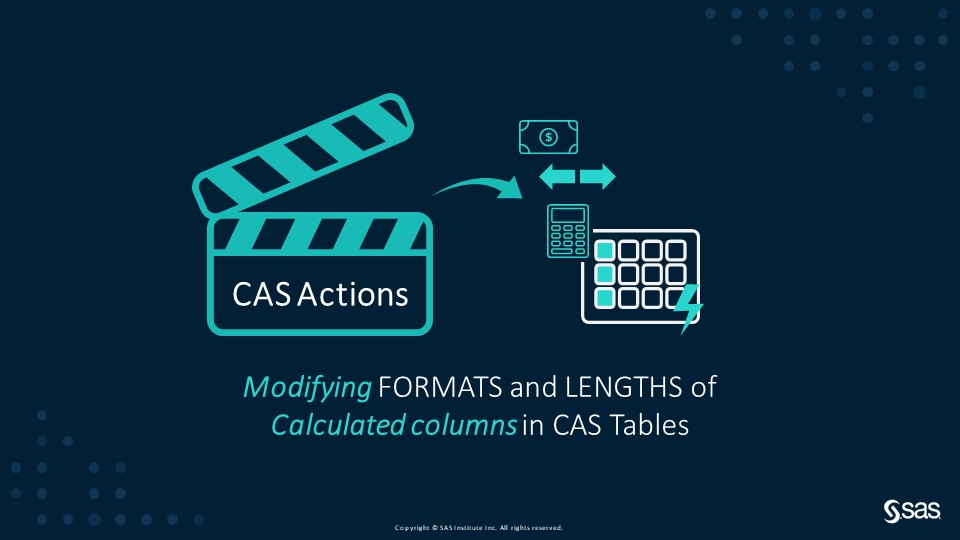
Welcome back to my SAS Users blog series CAS Action! - a series on fundamentals. This post builds upon CAS-Action! Create Columns in CAS Tables - Part 1 by showing how to add formats and modify the length of computed columns. I'll start by building off the following code where I
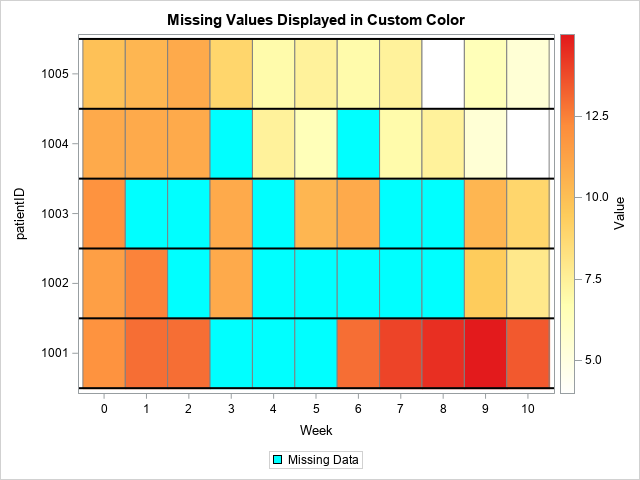
In an article about how to visualize missing data in a heat map, I noted that the SAS SG procedures (such as PROC SGPLOT) use the GraphMissing style element to color a bar or tile that represents a missing value. In the HTMLBlue ODS style, the color for missing values
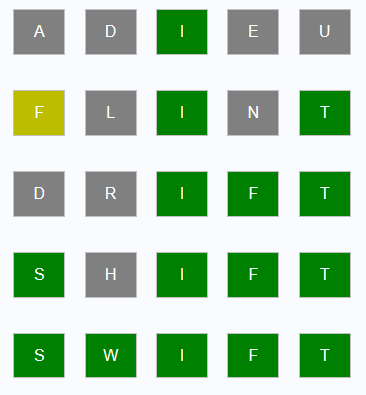
One approach to creating the Wordle game in the SAS programming language. Ready to play?

An experienced SAS programmer recently switched to SAS Viya and asked how to discover what products are available on his version of Viya. We discussed a few older SAS 9 procedures, and I showed him a new Viya-specific way to get information about his version of SAS and his licensed

SAS' Mark Jordan shows you how to modify data using PROC SQL, PROC DATASETS and SAS macros.

Several probability distributions model the outcomes of various trials when the probabilities of certain events are given. For some distributions, the definitions make sense even when a probability is 0. For other distributions, the definitions do not make sense unless all probabilities are strictly positive. This article examines how zero

Some colors have names, such as "Red," "Magenta," and "Dark Olive Green." But the most common way to specify a color is to use a hexadecimal value such as CX556B2F. It is not obvious that "Dark Olive Green" and CX556B2F represent the same color, but they do! I like to

When SAS 9 programmers transition to SAS Viya, there are inevitably questions about how new concepts in Cloud Analytic Services (CAS) relate to similar concepts in SAS. This article discusses the question, "What is the difference between a libref and a caslib?" Both are used to access data, but they

SAS' Leonid Batkhan reveals how to use versatile iterative DO loops with index variable pertaining to SAS DATA steps.
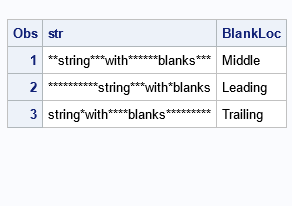
A SAS programmer noticed that his SAS output was not displaying multiple blanks in his strings. He had some strings with leading blanks, others with trailing blanks, and others with multiple blanks in the middle. Yet, every time he used SAS to print the strings to the HTML destination, something

SAS Global Certification is pleased to announce two (yes two!) new SAS Viya programming certifications. Traditional SAS programmers need to migrate their code and data to SAS Viya environments, and there are important skills required to make a successful transition. SAS Viya includes Cloud Analytic Services (CAS), where data is

A SAS programmer noticed that there is not a built-in function in the SAS DATA step that computes the product for each row across a specified set of variables. There are built-in functions for various statistics such as the SUM, MAX, MIN, MEAN, and MEDIAN functions. But no DATA step

It’s safe to say that SAS Global Forum is a conference designed for users, by users. As your conference chair, I am excited by this year’s top-notch user sessions. More than 150 sessions are available, many by SAS users just like you. Wherever you work or whatever you do, you’ll
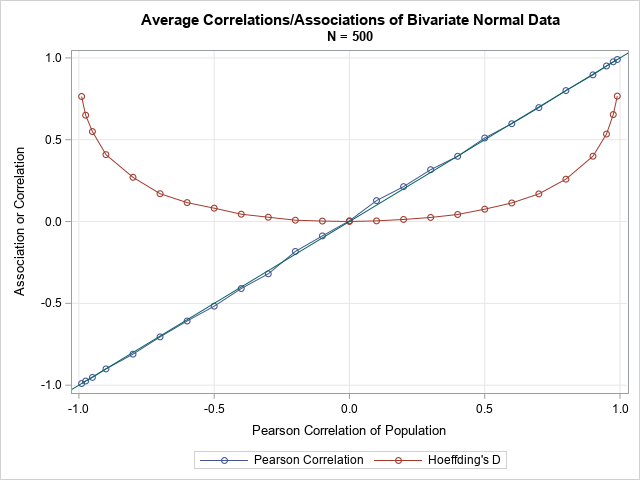
A previous article discusses the definition of the Hoeffding D statistic and how to compute it in SAS. The letter D stands for "dependence." Unlike the Pearson correlation, which measures linear relationships, the Hoeffding D statistic tests whether two random variables are independent. Dependent variables have a Hoeffding D statistic

SAS/IML programmers often create and call user-defined modules. Recall that a module is a user-defined subroutine or function. A function returns a value; a subroutine can change one or more of its input arguments. I have written a complete guide to understanding SAS/IML modules, which contains many tips for working

SAS Global Forum 2021 will be jam-packed with inspiring content. Register today to ensure you don't miss a second of this year's event.
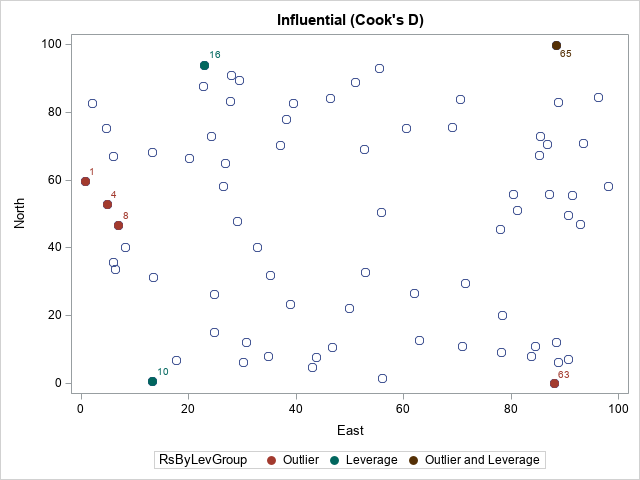
A previous article discusses how to interpret regression diagnostic plots that are produced by SAS regression procedures such as PROC REG. In that article, two of the plots indicate influential observations and outliers. Intuitively, an observation is influential if its presence changes the parameter estimates for the regression by "more